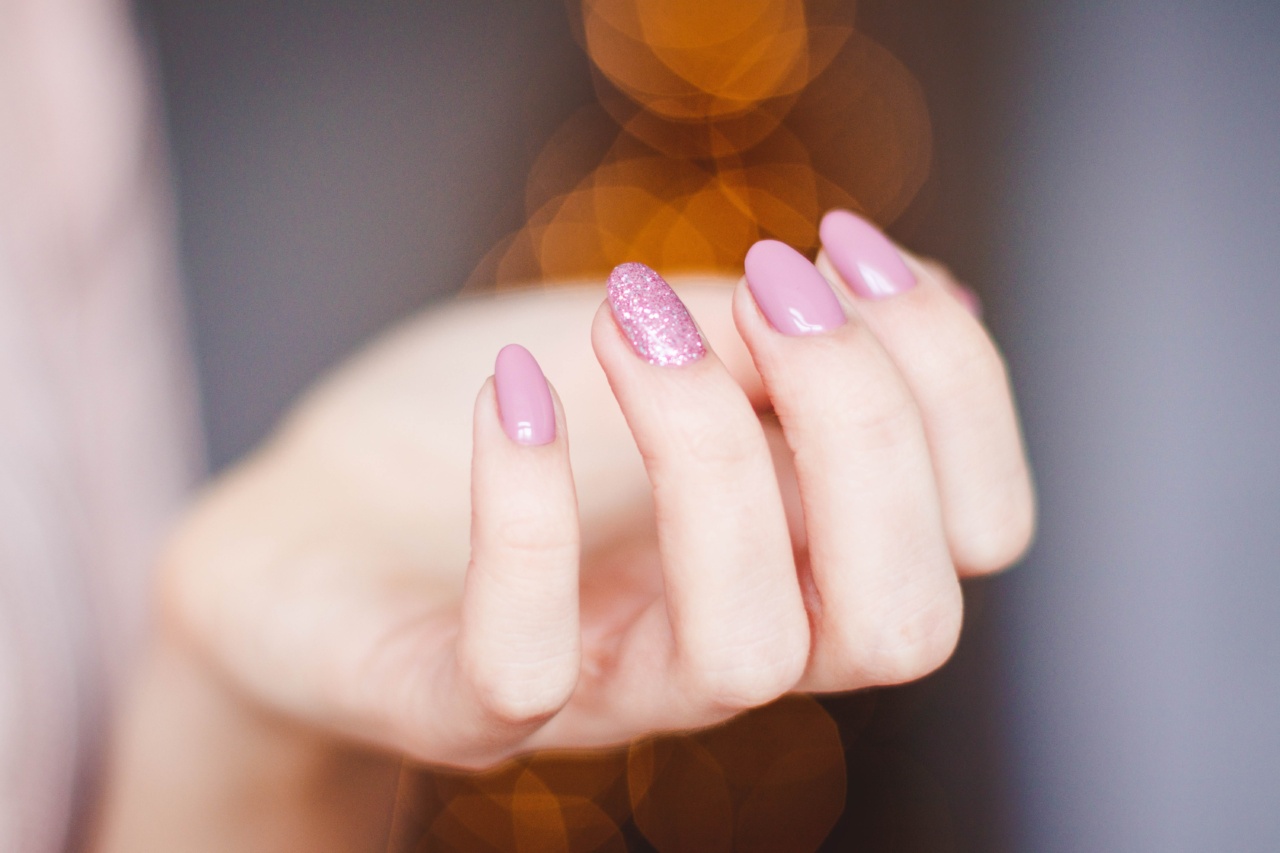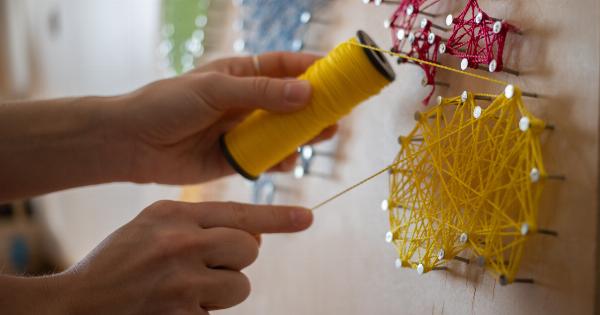Our nails are not just a fashion statement; they can also provide valuable insight into our overall health.
Changes in the appearance, texture, or color of our nails can often indicate underlying medical conditions or nutritional deficiencies that require attention. Paying attention to these small details can help identify potential health problems early on and seek appropriate medical help. In this article, we will delve into the various nail abnormalities and what they might be telling us about our health.
1. Pale Nails
If your nails appear pale or almost white, it could be a sign of anemia. Anemia is a condition where your body lacks enough healthy red blood cells to carry sufficient oxygen to your tissues.
Pale nails can also be a sign of malnutrition, liver disease, heart failure, or hypothyroidism.
2. Yellow Nails
Yellowing of the nails is often associated with fungal infections. However, it can also indicate a lung problem, such as chronic bronchitis. In some cases, yellow nails are a sign of psoriasis or even diabetes.
If the yellowing persists, it is important to consult a healthcare professional.
3. Blue Nails
If your nails have a bluish tint, it could be a sign of poor circulation or low oxygen levels in the blood. This condition is known as cyanosis and can be associated with lung problems, heart problems, or even Raynaud’s disease.
Seeking medical advice is advisable if you notice persistent blue discoloration of your nails.
4. Brittle or Split Nails
Brittle or splitting nails are usually a result of excessive exposure to water or chemicals. However, it can also indicate a deficiency in vitamins and minerals, such as iron, biotin, or zinc.
Thyroid disorders, psoriasis, and fungal infections can also cause brittle nails. Pay attention to your diet and consider seeking professional advice if the problem persists.
5. Spoon-Shaped Nails
If your nails have a concave shape, resembling a spoon, it is called koilonychia. This can be an indicator of iron deficiency anemia or certain liver conditions. It can also be a rare genetic disorder called Plummer-Vinson syndrome.
Visit a doctor to determine the cause and appropriate treatment.
6. White Spots or Lines on Nails
Contrary to popular belief, white spots on nails are not necessarily a sign of calcium deficiency. More often, they are caused by minor injuries to the nail, such as banging or picking at them.
However, if you notice persistent white spots or lines, it could indicate a fungal infection or even a kidney disorder.
7. Dark Vertical Lines on Nails
Vertical lines on the nails are common as we age and are usually harmless. However, if you notice suddenly appearing or rapidly growing dark lines, it is essential to consult a dermatologist.
In some cases, these lines can be a sign of melanoma, a type of skin cancer.
8. Pitting of Nails
When your nails have small depressions or pitted marks, it could be a symptom of psoriasis, a chronic skin condition. Psoriasis can affect both the skin and nails, causing discomfort and aesthetic concerns.
Seeking medical advice is recommended if you suspect psoriasis or notice other symptoms.
9. Clubbing of Nails
Clubbing refers to the enlargement of the fingertips and a bulb-like growth of the nails. It is often associated with low oxygen levels in the blood and can be a sign of lung, heart, or liver disease.
Clubbing nails should be evaluated by a healthcare professional to determine the underlying cause.
10. Ridged Nails
If your nails have noticeable ridges or grooves, it can be a sign of an iron deficiency, inflammatory arthritis, or a circulatory disorder.
Vertical ridges are commonly associated with aging, but horizontal ridges, also known as Beau’s lines, can indicate a severe illness or malnutrition. Consult a doctor to determine the cause and appropriate treatment.
In conclusion, our nails can provide valuable insights into our overall health. Monitoring changes in color, shape, or texture can help us identify underlying medical conditions or nutritional deficiencies.
While not all nail abnormalities are cause for concern, seeking medical advice for persistent or worrisome changes is always recommended. Take care of your nails, as they are not only cosmetic but also windows to your well-being.



























